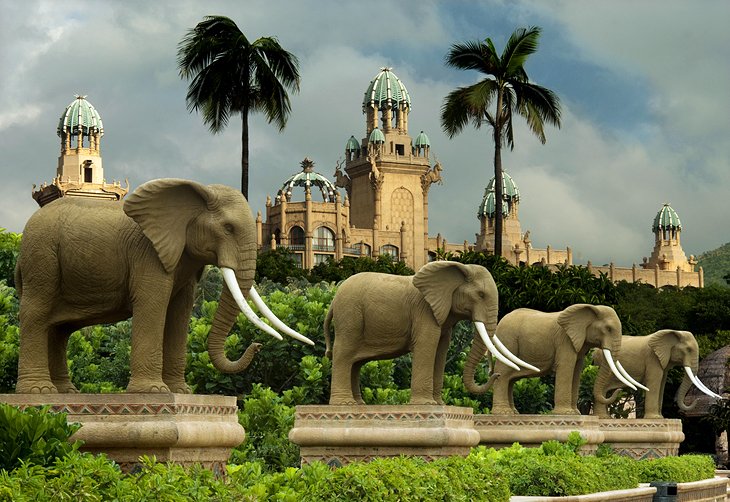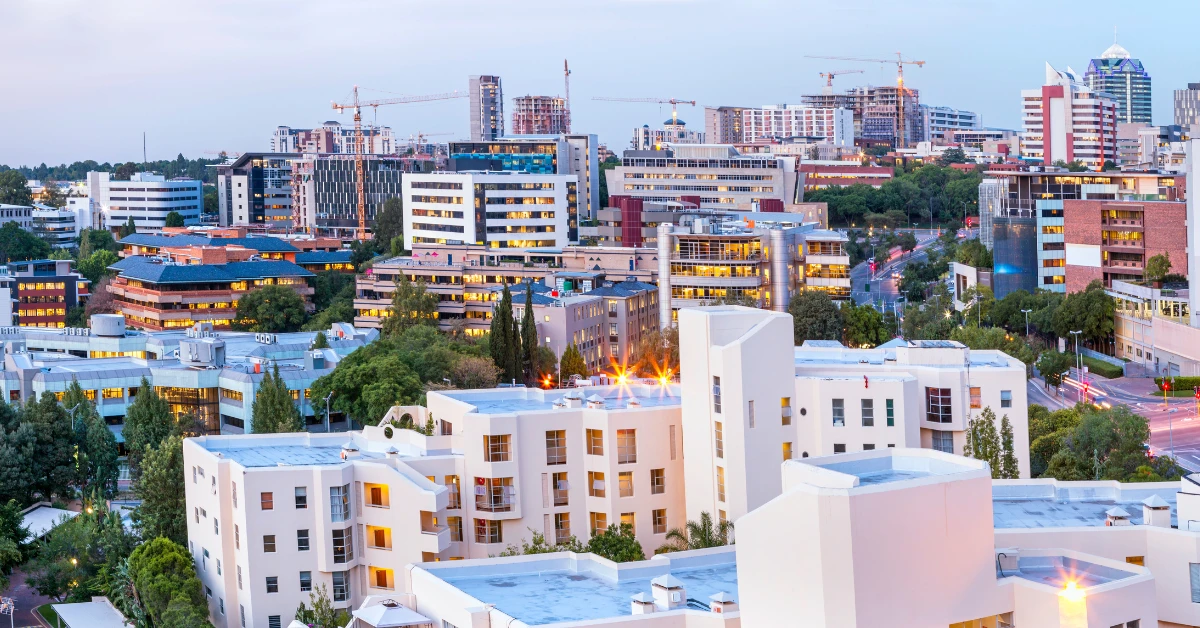7 Simple Techniques For Johannesburg North Attractions
7 Simple Techniques For Johannesburg North Attractions
Blog Article
Johannesburg North Attractions Can Be Fun For Anyone
Table of ContentsExamine This Report on Johannesburg North AttractionsRumored Buzz on Johannesburg North AttractionsThe Main Principles Of Johannesburg North Attractions Some Known Details About Johannesburg North Attractions The Buzz on Johannesburg North AttractionsFacts About Johannesburg North Attractions Uncovered
The city expanded on the side of the Witwatersrand Main Reef, a subterranean stratum of gold-bearing quartz-silica conglomerate that arcs for hundreds of miles below the Highveld - Johannesburg North attractions. Most of the gold mines in the city stopped procedure in the 1970s, however in its day the Witwatersrand gold sector accounted for even more than 40 percent of the globe's yearly gold manufacturing.Johannesburg has a pleasant environment. Summer temperatures average about 75 F (24 C); wintertime temperatures balance concerning 55 F (13 C) and only periodically dip listed below cold. The city delights in regarding 8 hours of sunshine per day in both winter months and summer. Rain averages about 28 inches (700 millimetres) per year, however the total differs substantially from year to year.
What rainfall the city gets falls virtually specifically in the summer season, usually in stunning late-afternoon electrical storms. Air pollution postures a considerable issue, especially in the cold weather, when thermal inversions restrain the westward circulation of air from the Indian Ocean. Pollution is most severe in the densely cleared up Black townships on the city's perimeter, where many locals still rely upon coal for gas.

The 2-Minute Rule for Johannesburg North Attractions
The balance of the city is occupied by whites. Accommodation varies in personality and top quality. Soweto is infamous for its countless rows of municipally developed, two-room matchbox homes, yet it likewise has a couple of thriving enclaves as well as teeming squatter camps, where 10s of thousands live without water, power, or sanitation facilities.
Physical development, although rather restricted by transport, proceeded swiftly as immigration to South Africa, and Johannesburg in specific, increased substantially.
Many poor suburban areas were mixed, with poor blacks and whites living together, although the rich suburban areas were typically scheduled for whites.
The previous system of eleven numbered regions was reorganised in 2006. Marshalltown, as seen from the top of the Carlton Centre. The M1 and M2 run behind the structures, and the southerly suburban areas extend past the freeway boundary. The central city of Johannesburg lies within the city's Region F. The estimated populace of the region is 200,000, [] The number of people living in the inner city on a casual basis is unknown, as numerous are prohibited immigrants. Most higher-income locals and white individuals have moved to the north suburbs and have been changed by lower-income black people. The joblessness, education, and age profiles of the location are all unidentified, as a result of the problem of getting dependable details about the area.
9 Easy Facts About Johannesburg North Attractions Described
Centred on the CBD, the region consists of the suburbs of Yeoville, Bellevue, Troyeville, Jeppestown, and Berea to the eastern. To the west it spreads to Pageview (Johannesburg North attractions) and Fordsburg. There are little industrial parks to the south, such as City West-Denver and Benrose. Around 800,000 commuters pass via the internal city each day, and it works as a local shopping reference node for visitors from the southerly suburban areas. Yeoville and Bellevue have a mix of house buildings and solitary household devices on tiny great deals. The region is located on a mountainous divide that runs from eastern More Info to west.

Johannesburg Stadium, a training school for both the Golden Lions and Orlando Pirates, is nearby. The eastern suburbs of Johannesburg are situated in the city's 7th [] and 9th [] areas. The area is additionally functionally integrated with East Rand border towns beyond the main boundary of Johannesburg, such as Bedfordview and Edenvale (both part of Ekurhuleni Metropolitan Municipality).
The Ultimate Guide To Johannesburg North Attractions
The eastern residential areas are some of the oldest areas of Johannesburg, there are big communities of Jewish and various other European histories, the bulk of the populace is English speaking. There are three golf navigate here training courses as well as a number of secured ridges with viewsites.
Initially built to house male migrant workers, lots of have been improved as residences for pairs and family members. The suburban area was not traditionally enabled to develop employment centres within the location, so nearly all of its residents are travelers to various other parts of the city.
Not known Facts About Johannesburg North Attractions
The N1 Western Bypass connects the northern residential areas with the north-western suburban areas. The domestic locations in the northern suburbs are primarily official, without any significant areas of informal housing, or housing that lacks an irreversible structure. This is an established area, there is a trend of land usage adjustment from domestic to industrial, particularly along main arterial roadways and around established nodes.
Roads to the east and west are less well developed, as there are no freeways taking a trip in that direction. In the direction of the north border of the city, the thickness of growth decreases, leaving big locations of primitive land around Midrand.
Some Known Questions About Johannesburg North Attractions.
The first suburb to the north of the central city is Parktown, which is located on a hillside ignoring the central city and Hillbrow. It has numerous wealthy locals and Edwardian-design estates, as well as the Education and Medical schools of the University of the Witwatersrand. The huge concrete Charlotte Maxeke Johannesburg Academic Healthcare Facility dominates the skyline of Parktown.
Report this page